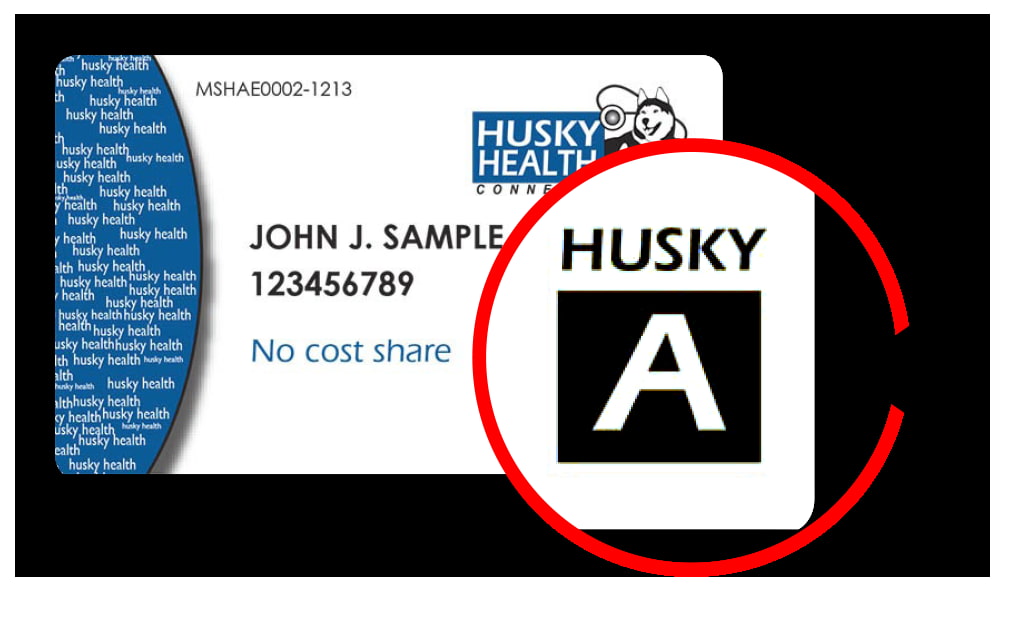Is Husky CT Medicare? – Learn About Husky!
Husky CT is a well-known healthcare program in Connecticut that provides medical coverage to low-income individuals and families. However, it is important to understand that Husky CT is not Medicare.
While both programs offer healthcare benefits, they are distinct in terms of eligibility, coverage, and administration.
In this article, we will delve into the specifics of Husky CT and Medicare, highlighting their differences and helping readers gain a clearer understanding of each program.
Eligibility and Enrollment:
Let’s start by looking at Husky CT and Medicare qualifying requirements. The main target group for Husky CT is low-income Connecticut people, including kids, parents, expectant mothers, and individuals without dependent children.
Based on household size and income, eligibility is determined. The government Medicare programme, on the other hand, offers health insurance to people 65 and older as well as some younger people with impairments or end-stage renal illness.
Enrolling in Husky CT requires applicants to meet income guidelines and submit necessary documentation. The program offers different levels of coverage, including HUSKY A, B, C, and D, each with varying eligibility requirements.
Medicare enrollment, on the other hand, generally occurs automatically for individuals who are already receiving Social Security benefits. Others may need to apply during specific enrollment periods.
Coverage and Benefits:
When it comes to coverage and benefits, Husky CT and Medicare differ significantly. Husky CT provides comprehensive healthcare coverage, including doctor visits, hospital stays, prescription drugs, preventive care, mental health services, and more.

The program also covers dental care for children and limited dental services for adults. Additionally, Husky CT offers vision coverage for children under the age of 19.
Contrarily, Medicare is divided into various components that each cover a separate set of services. Hospital stays, care in skilled nursing facilities, hospice care, and some home health care are all covered in Part A.
Doctor visits, outpatient treatment, medical equipment, and preventative services are all covered by Part B. Prescription drugs are covered by Part D.
Medicare also offers Part C, usually referred to as Medicare Advantage, which bundles the advantages of Parts A, B, and occasionally D into a single plan provided by for-profit insurance providers.
Costs and Financing:
Understanding the costs associated with Husky CT and Medicare is crucial for individuals seeking healthcare coverage. Husky CT is a state-funded program, meaning that eligible individuals do not have to pay premiums for their coverage.
However, some services may require copayments or cost-sharing, depending on the level of coverage.
Medicare, however, entails a variety of expenditures. For those who have paid Medicare taxes while working, Part A typically comes without a fee. An income-based monthly premium is required for Part B.
The monthly costs for Part D differ depending on the plan selected as well. Medicare may furthermore impose copayment, deductible, and coinsurance requirements for specific treatments.
Administration and Accessibility:
It is important to consider the administration and accessibility of Husky CT and Medicare. Husky CT is administered by the Connecticut Department of Social Services (DSS).

Individuals can apply for Husky CT online, by phone, by mail, or in person at local DSS offices. The program also provides assistance through community organizations and healthcare providers.
Medicare is administered by the Centers for Medicare & Medicaid Services (CMS), a federal agency. Individuals can apply for Medicare online through the Social Security Administration’s website or by visiting a local Social Security office.
Additionally, individuals can seek guidance from State Health Insurance Assistance Programs (SHIPs) for personalized assistance with Medicare-related questions.
Conclusion:
In conclusion, while both Husky CT and Medicare provide healthcare coverage, they are distinct programs with different eligibility criteria, coverage options, costs, and administration.
Husky CT is a state-funded program designed for low-income individuals and families in Connecticut, offering comprehensive coverage. Medicare, on the other hand, is a federal program that primarily serves individuals aged 65 and older, providing coverage through various parts.
Understanding the differences between these programs is crucial for individuals seeking appropriate healthcare coverage.
Frequently Asked Questions:
1. What is the difference between Husky CT and Medicare?
AHusky CT is a state-funded healthcare program in Connecticut for low-income individuals and families, while Medicare is a federal program that primarily serves individuals aged 65 and older.
2. Who is eligible for Husky CT?
Husky CT is primarily designed for low-income residents of Connecticut, including children, parents, pregnant women, and adults without dependent children.
3. Who is eligible for Medicare?
Medicare provides health coverage to individuals aged 65 and older, as well as certain younger individuals with disabilities or end-stage renal disease.
4. How do I enroll in Husky CT?
To enroll in Husky CT, applicants need to meet income guidelines and submit necessary documentation. Different levels of coverage are available, each with varying eligibility requirements.
5. How do I enroll in Medicare?
Medicare enrollment generally occurs automatically for individuals receiving Social Security benefits. Others may need to apply during specific enrollment periods.



